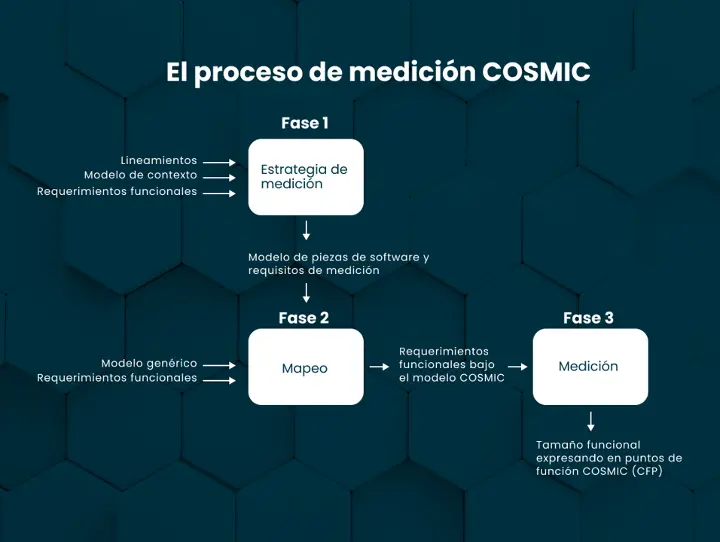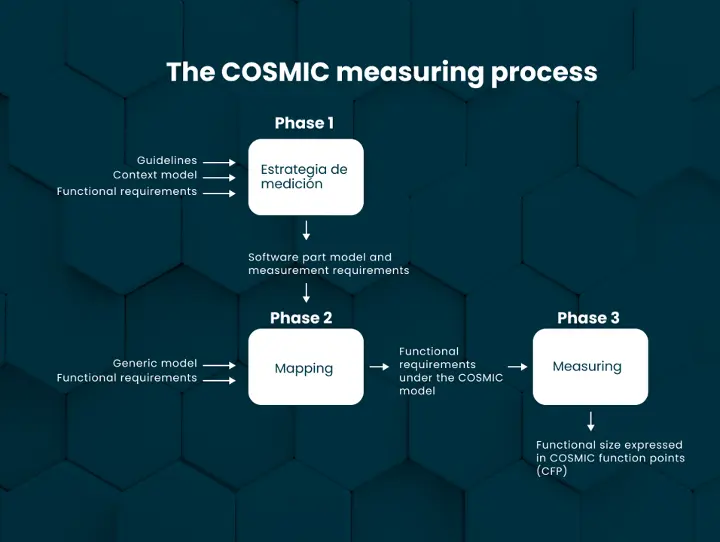By: Rubén Alí Vallenilla Lugo
February 22, 2021
Often in the practice of software development and in the management of technology projects, we encounter inconveniences, eventualities and uncertainty when measuring and estimating. The challenge of developing software estimates is to generate them realistically on the basis of incomplete and uncertain information. Making an estimate tends to be unfeasible when the project structure is not available and doing so based only on an analogy is very subjective and does not allow lessons to be learned from mistakes made or eventualities that arise during the execution of a project. In fact, at Acorde, we come across these situations where we observe, through follow-up strategies, estimates that are undervalued some and overvalued others, with difficulties in detecting points of improvement when carrying out our retrospective and closure processes for our projects.
The purpose of this article is to recommend, based on our experience, the use of the COSMIC measurement method and to show how we are initially implementing it in order to improve the quality of estimates, project planning, execution and follow-up, as well as its final evaluation prior to closure, so as to generate a knowledge base to optimize performance within the framework of a continuous improvement process.
At Acorde International, we set out to find a viable alternative to estimate in a more precise and practical way, where, based on solid foundations, projects will be executed with greater efficiency, productivity and quality. This we assumed since the middle of the second half of 2019 as an exploration to which we began to give shape and use in January of last year 2020
COSMIC (Common Software Measurement International Consortium), is a standard measurement technique of the functions of a software component or artifact from the user's point of view that quantifies its functional requirements (Functional User Requirements - RFU); that is, it focuses on measuring only the functional dimension of a software, being this measurement independent of any other aspect related to the Software Implementation. It is aligned to ISO 14143: “Information Technology. Software measurement. Functional size measurement, which defines the principles of functional size measurement”.
Once we had the approximation of this standard, we proceeded to train ourselves and, accordingly, to apply it distinguishing Functional User Requirements (FUR) from Non-Functional User Requirements (NFUR) in a customer requirement, with the understanding that by COSMIC premises, one or some of the latter can be revised and become RFU to map and perform the measurement. COSMIC, one or some of the latter may be revised and become RFUs for mapping and measurement purposes.
The applied process consists of 3 stages:
I. Measurement Strategy: Apply a software context model from functional user requirements and sponsor requests.
II. Measurement mapping: Apply a generic software model. RFUs are modeled, detailed and refined so that they can be measured.
III. Measurement Execution: Two elements are applied. A measurement unit (COSMIC Function Point - CFP) and the rules to assign a size to the RFUs of the software being measured. The rules are defined to know how to add sizes to different pieces of software.


At this point, we were able to obtain a first added value to our process of estimation, planning and execution of projects since the methodology requires us to perform a mapping of the functionalities, which serves to model the structure of the project itself, preparing it not only for its measurement but also for its execution and monitoring. This mapping is useful to advance a preliminary estimation to advance to the final measurement phase and to structure the project in a preliminary way in our kanban board (Asana©, Jira©, etc) and our project management application (MS project©, Project Libre©, etc). In addition, an internal development was created that allows tracking and control from its integration with the dashboard to observe progress or deviations in our projects in a successful way.
Having refined the analysis and mapping, we move on to the actual measurement, which will give us from the information recorded, the functional size of the software in more real and accurate terms. With this, the Acorde International team proceeds to adjust the final estimate, the mapping, the chronogram and aim at the execution of the project once it is approved by the client.
Through the correct application of these processes, Acorde International now has a highly valuable tool for calculating the effort, time and cost of a project based on reliable statistical information adapted to our particular characteristics.
Finally, COSMIC allows as main applications in the software industry the following:
- Estimation of software development and maintenance projects.
- Tools for the measurement and remuneration of software development and maintenance contracts.
- Support in the generation of indicators for process improvement initiatives associated with software.
- Develop project plans.
- Elaborate iteration schedules in software development.
- Elaborate budgets.
- Perform investment analysis.
- Analysis to determine the price of a software for a business client or in software directed to the consumer.
- To plan strategies when we are about to participate in service contract bids in which several suppliers participate.
COSMIC is the second generation of functional size measurement methods, applicable to all types of software, compatible with modern software engineering as it is based on the functional breakdown of software components. It adapts to any project management model (PMI©, Agile, XP©, etc.), it is in the public domain, its documentation is free of charge and it is recognized by ISO/IEC.
For the team of human talent that makes up the Acorde International family, it has been of great help to us because of the added value it brings to the processes of the commercial, development, QA, and IT project management and control areas, even in specific aspects of the administrative area of our company, as well as in the interaction and dynamics with our clients in the development of projects from their genesis to their formal closure.
What methods do you use in your work or company to prepare software estimates? Do you use expert judgment or do you rely on numerical estimation models? Do you wish to execute projects with Acorde International under these premises?
Please leave us your comments.
About the author.
Rubén Alí Vallenilla Lugo is currently IT Project Management and Control Manager at Acorde International, a Venezuelan company specialized in the development of Front-End, Back-End and Mobile Apps in different technologies. He has 31 years of work experience in the banking, telecommunications, services, advertising, process consulting and technology sectors. Knowledge and expertise in analysis and requirements gathering, software quality assurance, IT project management, COSMIC, diploma in information technology management, training and teaching at university-business level and specialization in administration in the mention of organization and systems.